Tested: Samsung Gear 360 VR camera in Paris
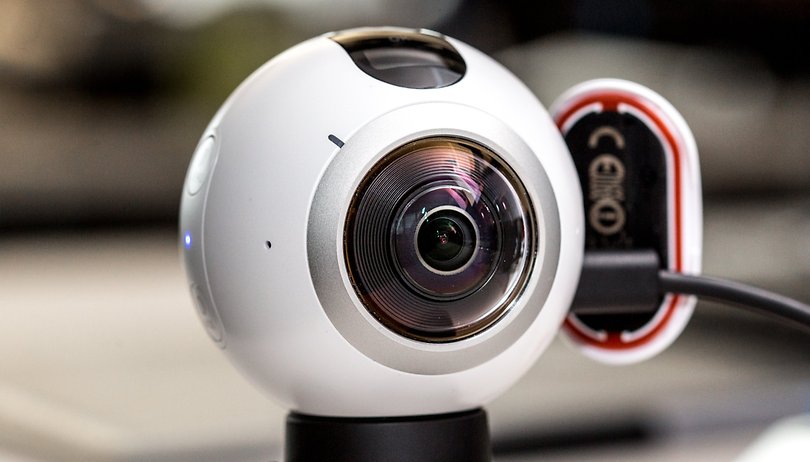
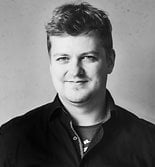
I recently tested Samsung's VR camera, the Gear 360, as part of a press tour through Paris. The trip was fun, and I enjoyed using the Gear 360, but I quickly noticed some weaknesses while shooting with it. Here's what I learned.
Let's start in La Défense, a high-rise neighborhood on the outskirts of Paris. Not all high-rise buildings look especially pretty, but within this district one structure stands out among all others: the Grande Arche. This building is in the line of sight with the famous Arc de Triomphe. Some buildings have exciting architectural ideas or details – but by no means all. To look more closely at the details, here I take my first steps with VR photography.
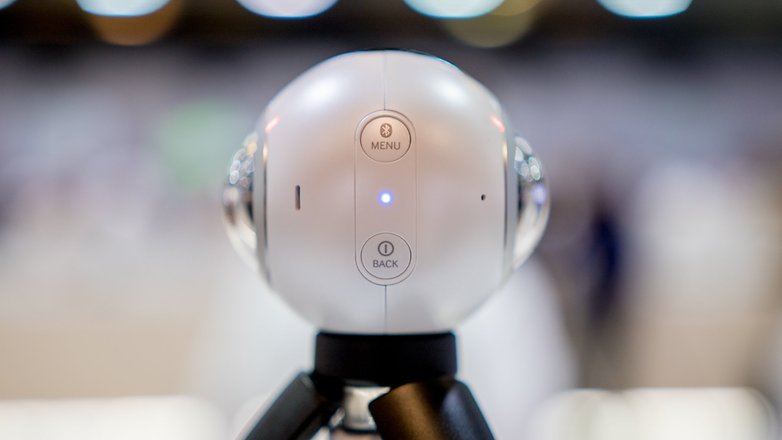
There's an important system question from the start. There are two ways to take a photo or video with the Gear 360.
- Use it handheld, or place it on the ground, and trigger it with the Gear 360 manager on a smartphone
- Hold down the shutter release for two seconds to start recording without a phone
Both options have their advantages and disadvantages and are suitable to different situations. Spontaneous recordings are not the main use-case of the Gear 360. Turn the camera on, unlock your phone, wait for a connection with the camera and then start the Gear Manager's Live Camera Function. This is all a bit fiddly.
Alternatively, there is just the shutter release button of the Gear 360. This, however, is mounted on top of the camera, so it can be difficult to press when the camera is in your hand. What helps here is that it triggers a two-second countdown before the shot is taken.
Gear 360: panoramic shots convey atmosphere
So with the Gear 360 I tried to capture the panorama and atmosphere around me. In La Défense, I tried at first to find the best workflow to take pictures: put it on the floor with a mini tripod? Possibly, but the ground was then very close and somewhat overemphasized in the frame. Keep it high in the air? Good idea but then, unfortunately, triggering the camera was not quite so simple, plus my hand was visible in the image. Ultimately, I decided what was best depending on the situation. I usually preferred to put the Gear 360 on the ground, begin recording, and then to stand back from the camera a little.
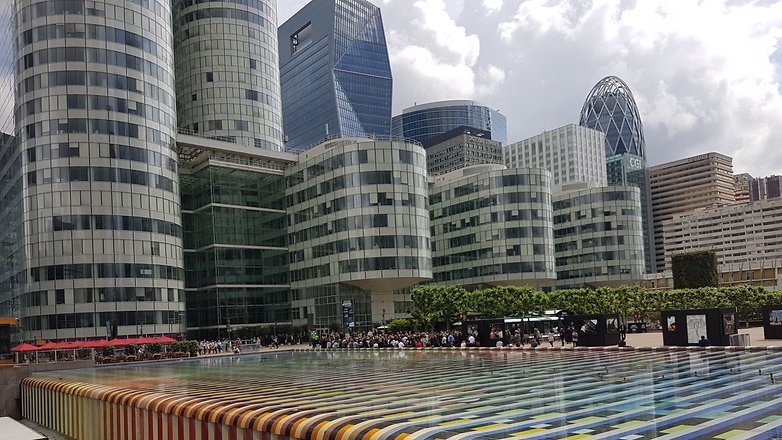
The view is sexy in La Défense. In panoramic shots the Gear 360 comes to its limits – you can see this later when viewing images. For the pictures of buildings it sometimes lacks the ability to capture optical subtleties, so fine details in distant facades can be hard to spot.
The closer an object is to the Gear 360, the better the quality will be. The best distance to shoot is roughly between one and six or seven meters – within this distance, details of the Gear 360 are good. More distant objects may lose visual detail. But overall, image quality is quite good. There is some loss of detail when using the Gear VR to view pictures that are shot with the Gear 360.
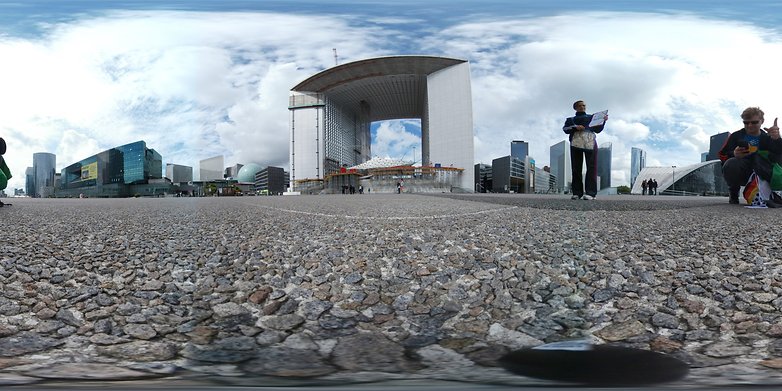
This photo above has been scaled down for technical reasons. The full resolution version is available via Google Photos. In this album there are more 360-degree images:
See Gear 360 images with the Gear VR
When looking at pictures with the Gear VR, dimensions and atmosphere are preserved from original scenes captured with the Gear 360. The Grande Arche provides VR images that are as equally impressive as the real thing. Even distant details on the horizon – as with some VR images of the Eiffel Tower – are easier to recognize with the Gear VR than in Gear 360 images viewed without these goggles.
However, the problem remains that the display of the Galaxy S7, for VR applications at least, does not have a sufficiently high enough pixel density. Individual subpixels are still visible, and this makes detail sharpness of Gear 360 images suffer. For example, an image of the 'Sortie' sign can be read in the Metro but, with the Gear VR, the word is indecipherable.
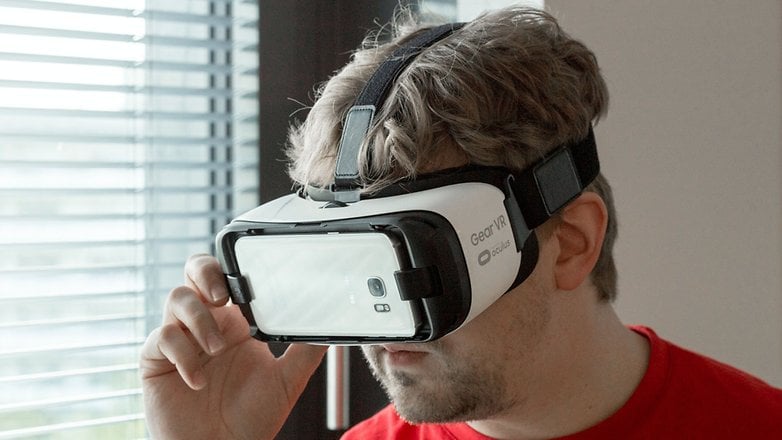
Before an image on the phone or the Gear VR is displayed, the image needs to be copied from the camera. I shared some pictures on Facebook where there were some user complaints that the picture quality was bad. Compared to the original images on my S7, the images published were actually worse. Apparently Facebook compresses the images, thereby losing the details. This is something Facebook should quickly rectify.
Another complaint concerns perspective. At least one photo was not straight – but a subsequent correction does not seem possible. Whoever looks at images with VR glasses will hardly notice the slightly crooked horizon level. For VR photographers, it's important to properly align the Gear 360.
Tripods are a good option for the Gear 360
The tour went through more parts of Paris. As I journeyed further, I found that a tripod was quite useful for VR photography with the Gear 360. It raises the camera a little higher, which appears as a more natural perspective for shots. It also provides a safe stand for the 360 Gear and helps for correcting orientation.
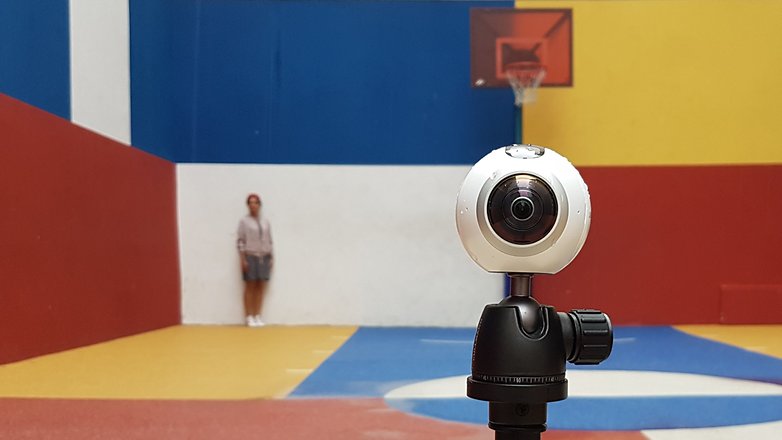
The search for a VR-compatible subjects is entirely different from that of traditional photography. That's because 360-degree photos should have exciting content in all directions – a frontal picture is of course possible, but pretty pointless. Therefore, the camera must be in the thick of the action. This allows the Gear 360 to capture the atmosphere of a place.
The Gear 360 at the Stade de France
In the evening, the travel group visited the European Championship match between Germany and Poland. For legal reasons I can't display any pictures from the stadium. The impression I had of the VR images continued there: details could be seen well in nearby objects and people, but the players couldn't be seen well in the pictures. But the atmosphere was right there – VR images easily arouse memories much better than traditional photos might.
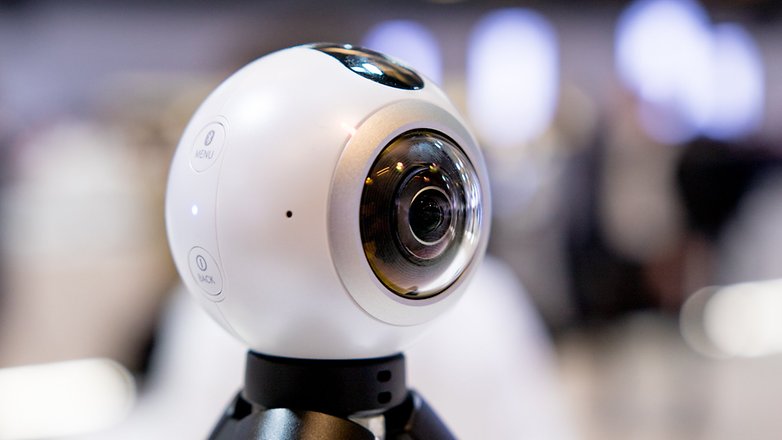
To make matters more complicated, there are two viewpoints with very different lighting conditions in the stadium. Where the players were was quite well-lit, while lighting conditions from the spectators' seats were significantly worse. This lighting situation was not handled outstandingly well by the Gear 360 – the pitch, especially, looked overexposed.
So again, the VR headset can capture the stadium atmosphere – but details or players on the field don't show up as well. But the shooting location is also not ideal because the audience is not the main focus of action, but rather on the pitch. That is where the Gear 360 should be standing.
Gear 360: A conclusion from Paris
This short trip to Paris was naturally not enough for a complete conclusion. We will fully test the Gear 360 in the coming days and weeks. Overall, this test of the Gear 360 was fun but the results were not always convincing, although results from the VR glasses were most impressive. But fine details shot from a distance could not be captured so well with this camera. In another test, we'll look more closely at video functionality to find out how to snap the best VR images.
Disclosure: Samsung paid travel expenses to Paris, on-site catering and invited us to the European Championship match between Germany and Poland.

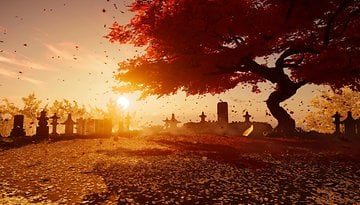
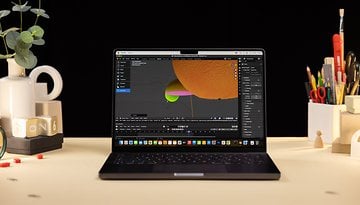



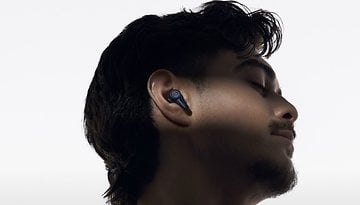
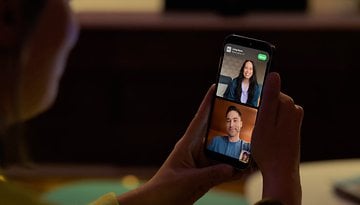


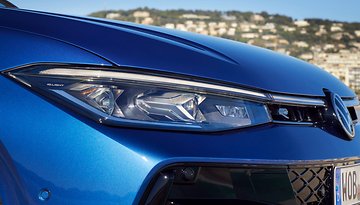
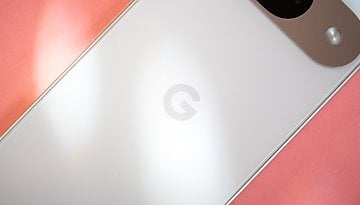


Hans has made a common mistake, a 360 photosphere picture is not VR. A 360 VR picture requires stereoscopic 3d and that requires more than a 2d 360 camera. 3d stereo 360 rigs need multiple sets of cameras (although there is a brilliant 4 fisheye camera technique developed by a Japanese academic) VR does not yet have a point and shoot solution yet.
Nice weekend trip at Samsung's expense ?